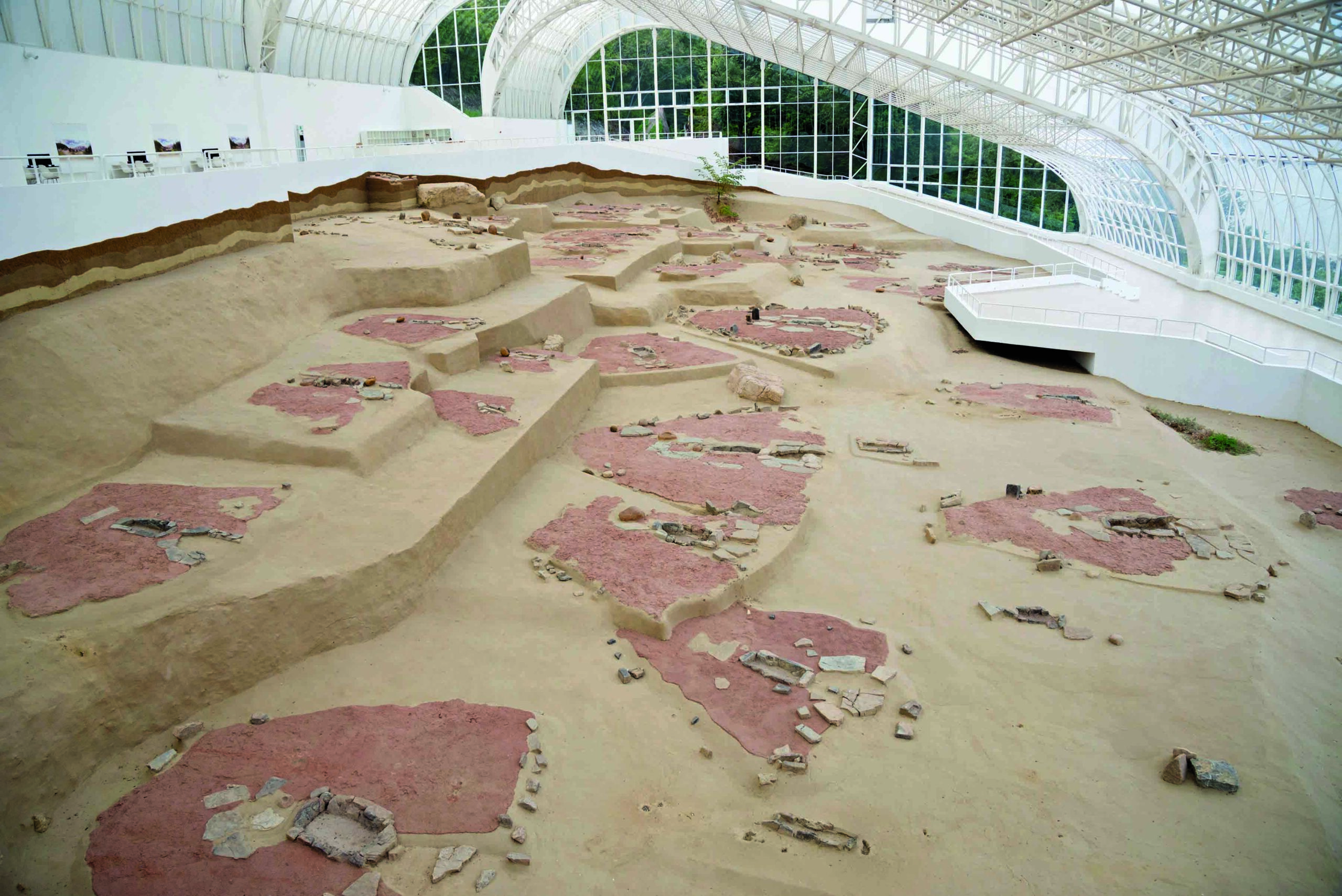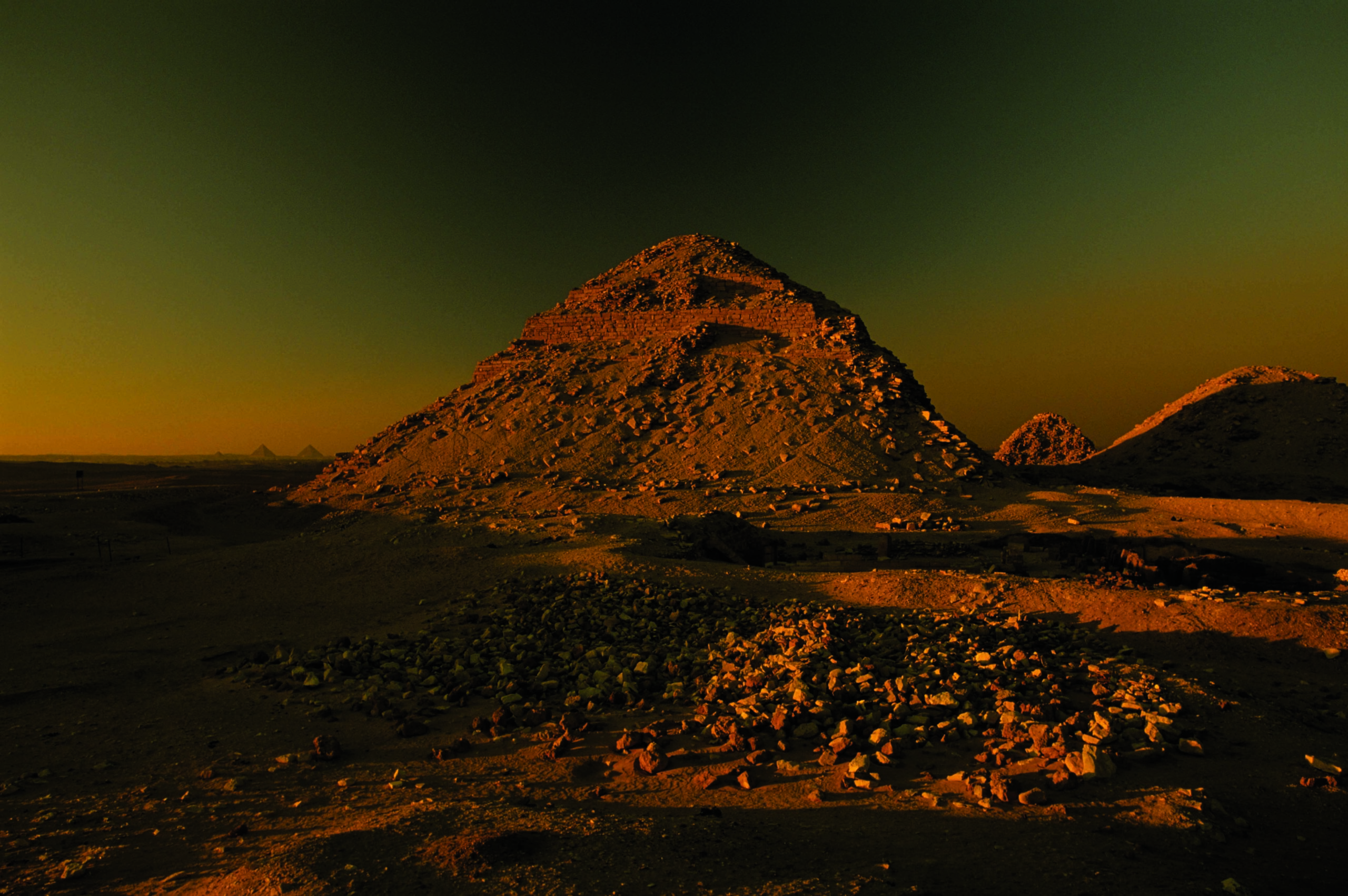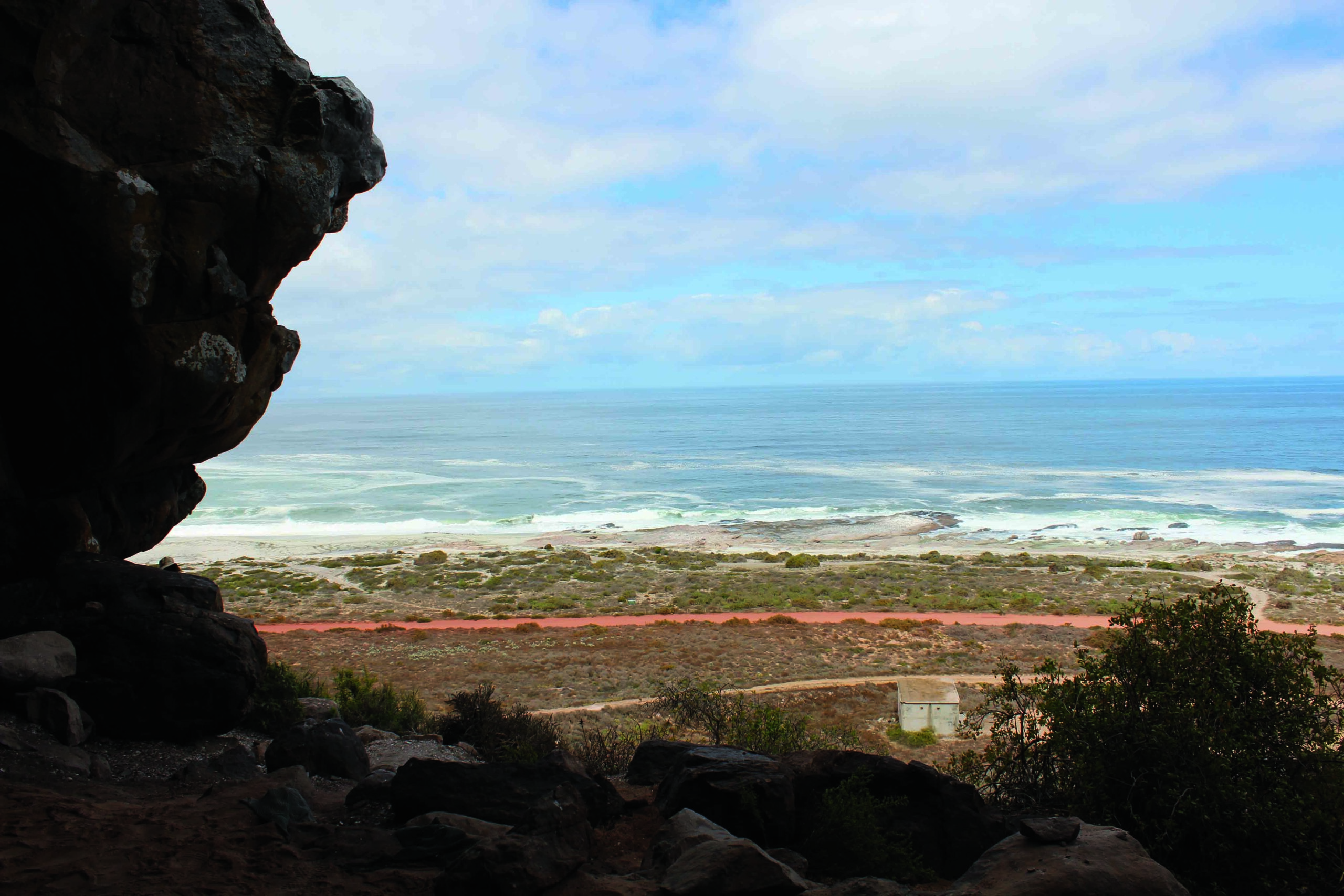
LEIPZIG, GERMANY—According to a statement released by the Max Planck Society, researchers led by Irina Pugach of the Max Planck Institute for Evolutionary Anthropology analyzed DNA obtained from two 2,200-year-old skeletons unearthed from the Ritidian Beach Cave site in northern Guam. The study suggests that these inhabitants of the Marianas, who lived about 1,400 years after people first arrived in Guam, were related to people from the Philippines, and early Lapita peoples living on the islands of Vanuatu and Tonga. Pugach explained that the Marianas and the islands of Polynesia may have been colonized by the same population originating from an island in Southeast Asia. Read the original scholarly article about this research in Proceedings of the National Academy of Sciences. To read more about migration from the Pacific, go to "The Second Americans?"











